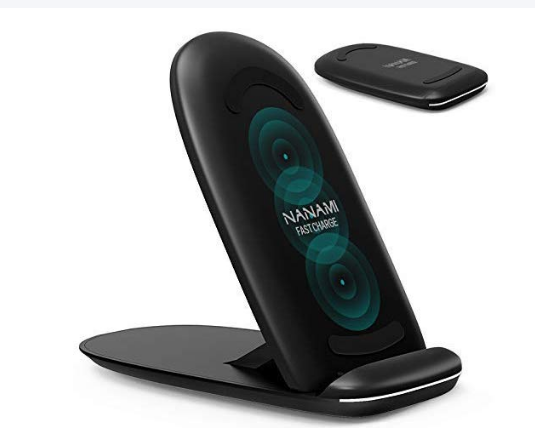When it comes to charging in your life, your first reaction is whether you want to use a charger and a charging cable. In recent years, a number of "wireless chargers" appear on the market, which can achieve "isolated" charging. What principles and technologies are used?
As early as 1899, physicist Nicolas Tesla began to explore wireless power transmission. He built a radio power transmission tower in New York, and came up with a wireless power transmission method: using the earth as the inner conductor and the earth's ionosphere as the outer conductor, by amplifying the transmitter and using the radial electromagnetic wave oscillation mode, he established a low frequency resonance of about 8Hz between the earth and the ionosphere, and then used the surface electromagnetic wave around the earth to transmit energy.

Although this idea was not realized at that time, it was a bold exploration of wireless charging by scientists a hundred years ago. Now, on this basis, people continue to research and experiment, and successfully developed the wireless charging technology. The initial scientific concept is gradually implemented.
Wireless charging is a kind of technology that uses non physical contact to realize power transmission. At present, there are three common wireless power transmission technologies, which are electromagnetic induction, electromagnetic resonance and radio wave. Among them, electromagnetic induction is a widely used way, which not only has high charging efficiency, but also has low cost.
The working principle of electromagnetic induction wireless charging technology is: the transmitting coil is installed on the wireless charging base, and the receiving coil is installed on the back of the mobile phone. When the mobile phone is close to the charging base for charging, the transmitting coil will generate alternating magnetic field due to the AC connection. The change of magnetic field will make the receiving coil generate induced current, which will transfer the energy from the transmitting end to the receiving end, and finally complete the charging process.
The charging efficiency of electromagnetic induction wireless charging mode is as high as 80%. The disadvantage is that it can only be charged in a short distance, and the charging equipment needs to be close together. In order to solve this problem, scientists began a new attempt.
In 2007, a research group in the United States successfully used electromagnetic resonance technology to light a 60 watt light bulb about 2 meters away from the power supply, and the power transmission efficiency reached 40%, which started the research and development boom of electromagnetic resonance wireless charging technology.
The principle of electromagnetic resonance wireless charging technology is the same as that of sound resonance: an energy sending device and an energy receiving device are adjusted to the same frequency, and each other's energy can be exchanged during resonance, so that the coil in one device can transmit electric energy to the coil in another device for charging.
Electromagnetic resonance wireless charging technology breaks the limitation of electromagnetic induction short distance transmission, extends the maximum charging distance to 3-4 meters, and gets rid of the limitation that the receiving equipment must use metal materials when charging.
In order to further increase the distance of wireless power transmission, researchers have developed radio wave charging technology. The principle is: a microwave transmitting device and a microwave receiving device complete the wireless power transmission, the transmitting device can be installed in the wall plug, and the receiving device can be installed on any low voltage product.
After the microwave transmitting device transmits the RF signal, the receiving device can capture the radio wave energy bouncing back from the wall, and obtain stable DC power for the load after detection and high-frequency rectification.
Compared with the traditional charging method, wireless charging technology has broken the time and space constraints to a certain extent, and has brought a lot of convenience to our life. I believe that with the further development of wireless charging technology and related products, there will be a broader application prospect in the future.
Tel:139 2462 2408
Attn:Mr. Zhou
QQ:378912250
E-mail:support@nanami.cc
Add:East Ring Road, Longhua, Longhua New District, Shenzhen City,